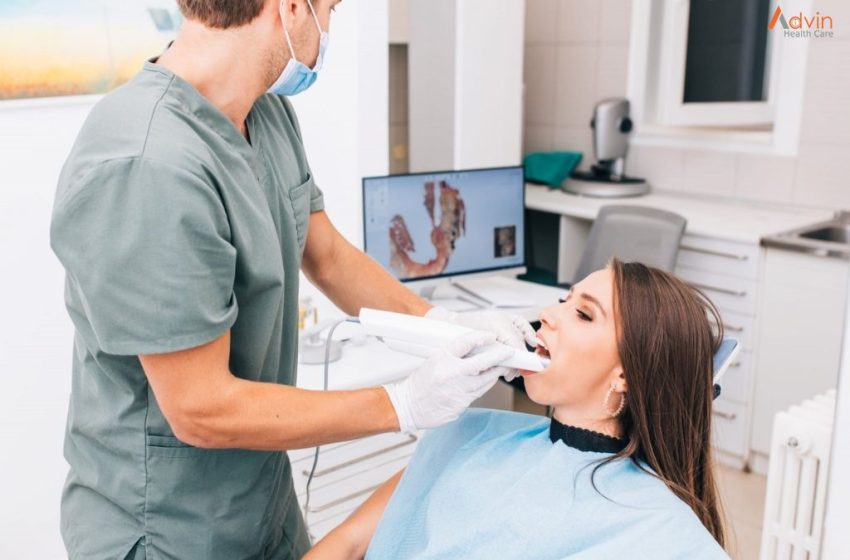5 Ways Tech is Transforming Dentistry

Technology has made significant strides in various fields, and dentistry is no exception. In recent years, dental care has witnessed a remarkable transformation due to advancements in technology. These technological innovations have not only enhanced the precision and efficiency of dental procedures but have also improved patient experiences and outcomes. From diagnostic tools to treatment techniques, the integration of technology into dentistry has revolutionized the way oral health is managed. This post will discuss five key ways in which technology is transforming the field of dentistry.
Digital Dentistry
Digital dentistry has emerged as a total game-changer, streamlining numerous aspects of dental care. It encompasses various technologies, such as computer-aided design and computer-aided manufacturing (CAD/CAM), digital radiography, and intraoral scanners. These technologies enable modern dental practices such as Northwickmanordental.co.uk to capture high-resolution images of patients’ teeth, gums, and jawbones, facilitating more accurate diagnoses and treatment planning – as well as enabling them to provide services like dental implants. And what’s more, digital impressions eliminate the need for traditional, messy molds, improving patient comfort and reducing procedure time. The use of CAD/CAM technology allows for the fabrication of same-day dental restorations, such as crowns and veneers, significantly shortening treatment timelines.
3D Printing
Three-dimensional (3D) printing has found its way into dentistry, offering numerous benefits to both dentists and patients. It enables the creation of custom dental appliances, such as dentures, aligners, and surgical guides, with enhanced precision and efficiency. 3D printing technology allows dentists to design and fabricate these devices in-house, reducing reliance on external dental laboratories and decreasing turnaround times. This technology also has the added plus of facilitating the production of patient-specific surgical guides, enhancing the accuracy and safety of dental implant placement procedures. With 3D printing, dentists can provide more personalized and efficient dental care, ultimately leading to improved patient outcomes.
Teledentistry
The advent of telecommunication technology has paved the way for teledentistry, a truly revolutionary approach that allows dentists to remotely diagnose and treat patients. Through secure video conferencing platforms, dentists can assess oral health concerns, provide virtual consultations, and even monitor post-treatment progress. Teledentistry is particularly beneficial for patients residing in remote areas with limited access to dental care. It eliminates the need for travel, reduces wait times, and expands the reach of oral healthcare services. This technology has proven vital during times of crisis, such as the COVID-19 pandemic, when in-person dental visits were limited. Teledentistry has the awesome potential to bridge the gap in oral healthcare and improve access to dental services for underserved populations.
Artificial Intelligence (AI) in Diagnosis
Artificial intelligence has made significant strides in various domains, and dentistry is embracing its potential in diagnostics. AI algorithms can analyze vast amounts of patient data, including radiographs, clinical images, and medical histories, to identify patterns and detect abnormalities that may go unnoticed by human dentists. This technology aids in the early detection of dental conditions, such as cavities, gum disease, and oral cancers, allowing for timely intervention and improved treatment outcomes. AI-driven diagnostic systems can serve as valuable decision-support tools, assisting dentists in making more accurate and informed diagnoses. By harnessing the power of AI, dentistry is moving towards a future of predictive and preventive oral healthcare.
Augmented Reality (AR) in Patient Education
Augmented reality could transform patient education and improve treatment outcomes in dentistry. By superimposing computer-generated images onto the real-world environment, AR technology allows dentists to visually illustrate treatment plans, oral hygiene techniques, and expected outcomes to patients.